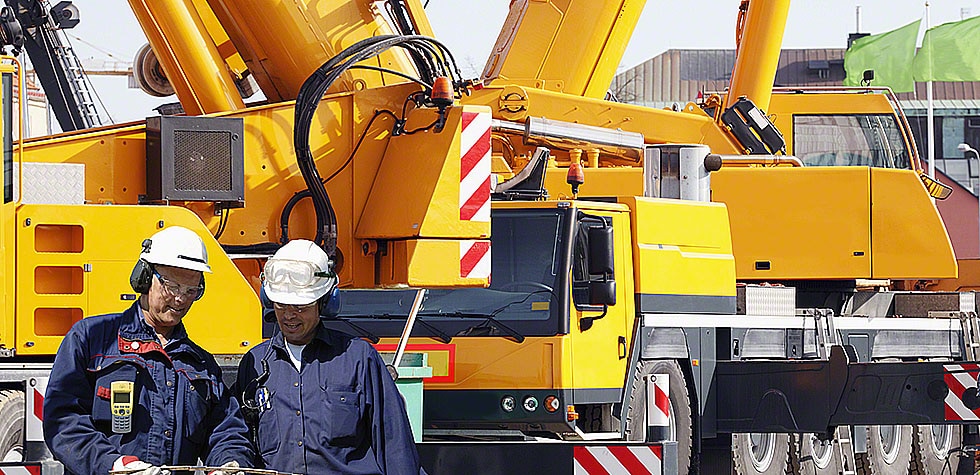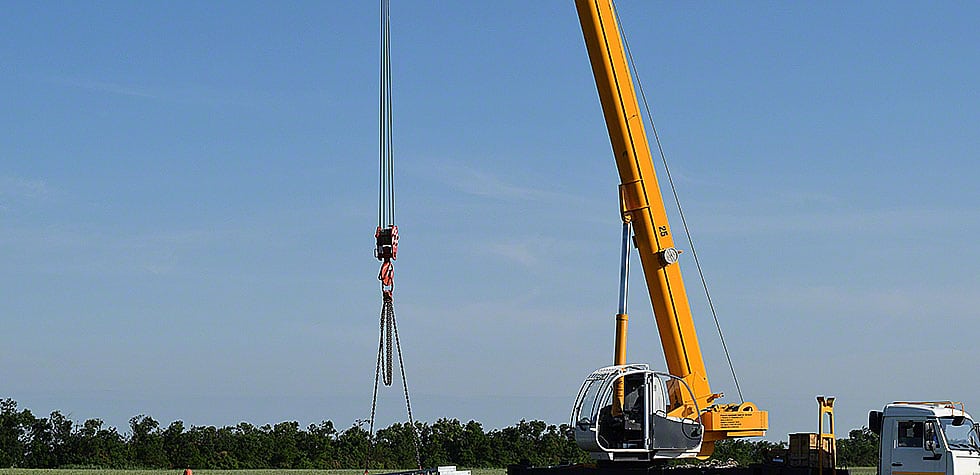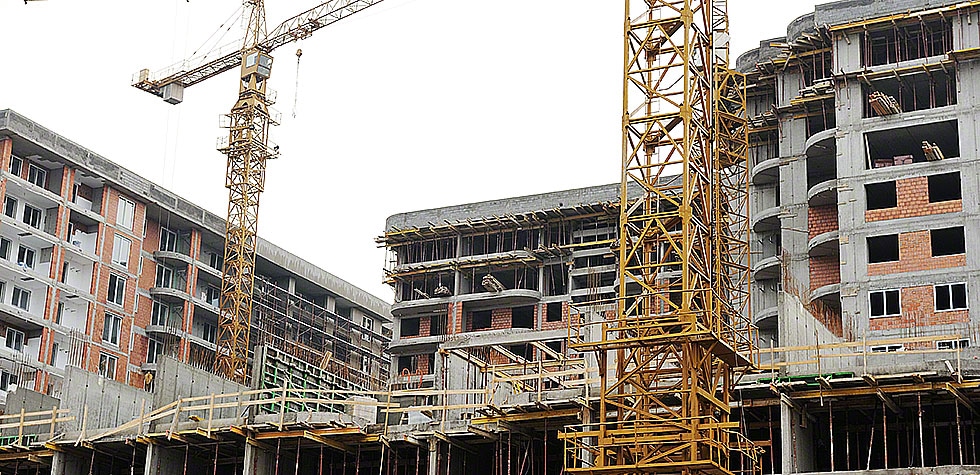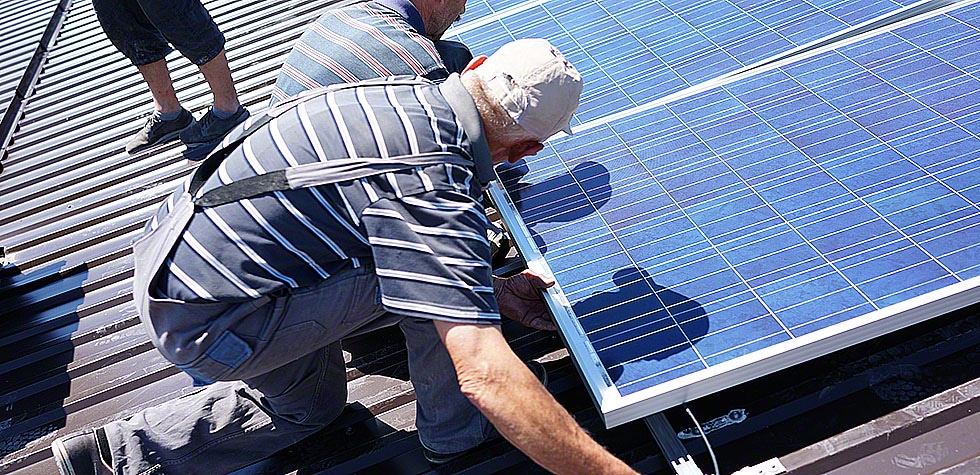Cranes serve as crucial machinery in the lifting and transport of heavy loads across numerous sectors. Nonetheless, incorrect rigging can result in mishaps, harm, and even loss of life. It’s vital to recognize and circumvent typical rigging issues to guarantee secure and proficient crane rigging.
Typical Crane Rigging Concerns
Rigging is the technique of securely fastening the load to a crane for the heavy lifting process. Correct rigging is essential to assure the safety of workers, the load itself, and the surroundings. Identifying typical issues and learning how to sidestep them can help avert severe safety threats.
Load Control Complications
Load control is the act of securely transporting the load to its desired location. Regrettably, problems associated with load control are common on construction sites. Below are the frequently encountered load control issues.
Load Drift
Load drift happens when the load deviates from its designated path or destination due to reasons such as uneven terrain, strong wind, and faulty rigging methods. This can be prevented by ensuring a level ground, using correct rigging techniques, and utilizing equipment like tag lines to guide the load’s motion.
Swing of Load
Another usual load control problem is swinging, which refers to the back and forth motion of the load during lifting or moving. Causes can vary from improper rigging methods to high wind and uneven terrain. To curb swinging, appropriate rigging techniques, such as using a spreader bar, should be employed, and the crane operator should move the load slowly and steadily.
Slipping of Load
Slipping takes place when the load slips out of the rigging or sling, leading to a fall. Causes can range from incorrect sling or rigging equipment to overloading the equipment or using wrong rigging techniques. To prevent slipping, the right rigging services DC equipment for the load should be used, the load should be securely fastened, and the equipment should not be overloaded.
Circumvention and Causes of Load Control Complications
Understanding the root causes of load control issues and implementing preventive steps are critical to avert these problems.
Securement of Load
Securing the load correctly is a key factor in load control. Proper balance and securement of the load can prevent potential problems. Furthermore, using suitable rigging and preventing overload are also crucial for proper load securement.
Use of Spreader Bars
Spreader bars can help distribute the weight of the load evenly, reducing the risk of cranes load drift or swinging. They are available in various sizes and shapes, and choosing the right one for the load is essential. Spreader bars can also prevent load slippage by ensuring that the load is properly secured.
Proper Rigging Equipment Usage
The correct use of rigging equipment is vital to preventing load control issues. Adherence to industry guidelines, regular inspection and maintenance of the equipment, and providing training to workers can help curb load control problems. Workers should also familiarize themselves with the equipment they use and understand the proper techniques for rigging and securing loads.
Equipment Issues
Problems with the equipment can lead to delays, additional costs, and even accidents, posing a threat to the workers involved. Familiarity with different equipment like hooks, slings, and shackles, and the common problems they might face is necessary.
Equipment used in crane rigging can face several problems, including:
Wear and Tear
Continuous use of rigging equipment can lead to wear and tear, such as fraying on slings, corrosion on shackles, or deformation of hooks. These issues can compromise the integrity and safety of the equipment.
Incorrect Usage
Using rigging equipment in an inappropriate manner can result in equipment failure or mishaps. For instance, overloading a sling or using a damaged shackle can strain the equipment excessively, resulting in breaking or malfunctioning.
Manufacturing Defects
Though rare, manufacturing defects can pose risks to industrial rigging. Equipment with faulty materials or designs can fail unexpectedly, even when used properly.
Prevention and Causes of Equipment Problems
To alleviate equipment issues in crane rigging, consider these proactive measures:
Routine Inspections
Performing regular inspections of rigging equipment is key for identifying wear and tear, defects, or damage. Implement a rigorous inspection schedule and maintain detailed records of the equipment’s condition.
Correct Usage and Maintenance of Equipment
Training your team on the proper usage of rigging equipment, ensuring they understand weight limits, appropriate applications, and handling guidelines, is important. Maintain a regular maintenance schedule to keep the equipment in peak working condition.
Replacement of Damaged or Worn Equipment
When rigging equipment shows signs of damage or wear beyond repair, replacement is necessary. Do not hesitate to replace compromised equipment as it can help prevent accidents and maintain a safe work environment.
Crane Rigging Communication Complications
The key components for successful crane rigging are precise coordination and teamwork. Accordingly, communication issues can sometimes arise, leading to errors, delays, or even accidents.
Here are three common communication issues that can occur in crane rigging:
Misinterpretation
Misunderstandings can occur when signals or verbal instructions are misread or when crucial information is left out. This can result in incorrect rigging, delayed operations, or even accidents.
Language Hurdles
Construction sites often host individuals from diverse backgrounds. Hence, language barriers can pose significant challenges. When team members do not speak the same language, relaying critical information can become challenging, leading to errors and delays.
Distractions
A construction site is a bustling, noisy environment. The background noise, ongoing activities, and other distractions can make it difficult for team members to concentrate, leading to missed or misunderstood communication, further complicating the rigging process.
Prevention and Causes of Communication Complications
Fortunately, there are strategies to prevent and address communication issues in crane rigging. Here are three practical tips:
Establishment of Clear Signals and Communication Protocols
Training team members to understand and use hand signals, verbal commands, and radio communication methods can maintain effective communication throughout the operation.
Training on Rigging Terminology
Providing comprehensive training on rigging terminology ensures that all team members are familiar with the relevant terms for efficient and accurate communication. Also, refresher courses should be offered to keep everyone updated with industry best practices.
Minimization of Distractions in the Work Area
While it is impossible to remove all distractions on a construction site, minimizing them can significantly improve communication. For example, designating specific quiet zones for crucial conversations or providing noise-canceling headphones for those needing better concentration can be effective.
Conclusion
Crane rigging is a fundamental aspect of heavy equipment movement across various industries. However, incorrect rigging can result in accidents, injuries, or even deaths. It’s vital to recognize and mitigate common rigging problems, such as load control, communication, equipment, and planning issues. Professional rigging services can ensure safe and efficient crane operations. By investing in proper planning, training, and equipment maintenance, as well as promoting effective communication and teamwork, professional workers can reduce risks and establish a safer work environment. You can also get help from a crane rentals DC company that specializes in top notch service.





